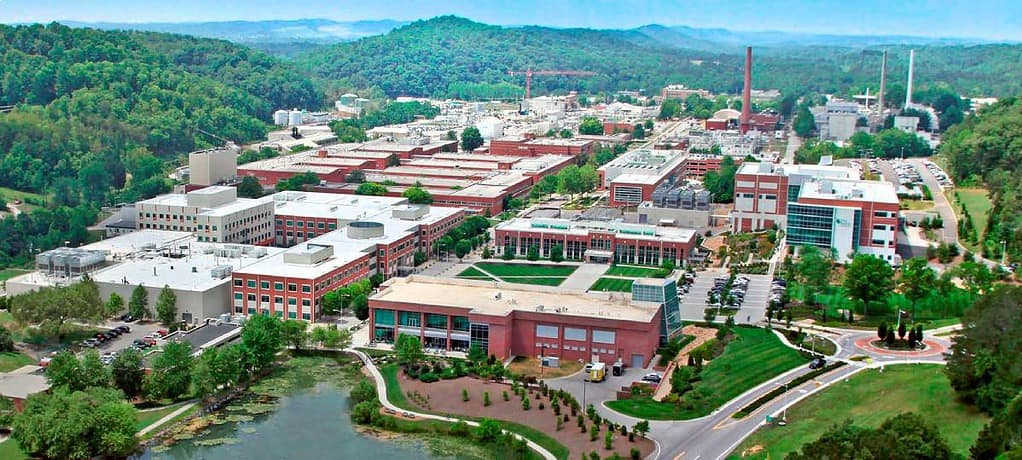

All three research projects that received the 2024 Golden Goose Award celebrating the wide-ranging impact of federally funded research that has led to breakthroughs for science and society trace their roots back to support for basic research provided decades ago by the U.S. National Science Foundation. A model that underpins modern artificial intelligence, removing a rare type of bird from the endangered species list, and using satellite imagery to locate undiscovered penguin populations in the Antarctic were all direct results of NSF investments. NSF supported all three winners in 2023 and 2024 and has supported 22 of the 39 recipients since the awards were launched in 2012.
“The federal government’s ongoing commitment to fund university-based scientific research has repeatedly proven to be a wise investment in helping the nation achieve its priorities. All three stories further demonstrate the importance of NSF funding for basic scientific discoveries,” said Barbara R. Snyder, president of the Association of American Universities.
A team of cognitive scientists was recognized for work that began in the late 1970s and led to the development of a model that better explains human cognitive functions and ultimately proved instrumental in creating modern AI and machine learning. The team developed a framework that describes how cognitive processes can occur within a network of simple, interconnected, neuron-like processing units. A landmark 1986 paper detailed how a learning algorithm based on this research could efficiently train a multilayer neural network. The model could not be developed further due to the limits of computational power and small data sets, but advancements enabled the researchers to revisit their work beginning in the mid-2010s. The explosive AI growth of the last decade has been built upon this pioneering groundwork.
An ecologist and conservationist was honored for research beginning in the 1980s that helped remove the rare red-cockaded woodpecker from the endangered species list. The researcher identified that losing longleaf pine, and similar tree species, in the U.S. Southeast affected the birds’ breeding areas. The woodpeckers make their homes in older pines in cavities that can take years to create. It was suggested that drilling artificial cavities into pines would help woodpecker family groups. NSF funding provided the resources to test and validate his theory, and in the early 2000s, the U.S. Department of Defense helped build artificial cavities in pines across the region. Red-cockaded woodpecker populations have nearly doubled since the mid-1990s.
A team of researchers was recognized for using satellite imagery that led to the discovery of 1.5 million previously undocumented Adélie penguins in the Antarctic. In-person expeditions to observe penguin populations are dangerous, difficult and expensive, leaving data gaps in conservation research. In the 1980s, researchers used satellite imagery to identify potential locations of penguin colonies by identifying the penguins’ bright pink-red droppings. Technological advancements made by the 2000s helped the team refine their search models and analyze decades of historical satellite data, resulting in the discovery of new Adélie penguin colonies in hard-to-reach and dangerous areas of the Antarctic.
This Science News article "Impact of NSF commitment to basic research reflected in 2024 Golden Goose winners" was originally found on https://beta.nsf.gov/news/releases

